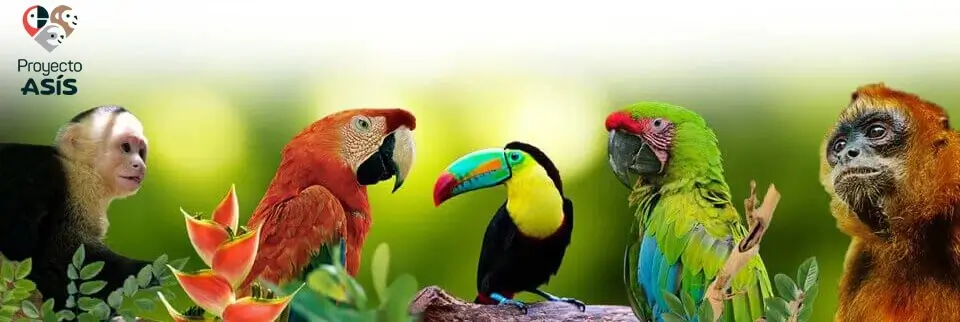
The Bare-throated Tiger Heron (Tigrisoma mexicanum) is a striking wading bird native to Central and South America. Known for its distinctive plumage and secretive nature, this heron plays a vital role in wetland ecosystems. In this post, we’ll explore its anatomy, distribution, biology, reproduction, conservation status, and threats to raise awareness about this fascinating species.
Anatomical Characteristics
The Bare-throated Tiger Heron is a medium to large-sized heron, measuring 66–76 cm (26–30 in) in length. Key features include:
- Plumage: Adults have a grayish-black barred pattern (tiger-like stripes) on their neck and wings, with a white belly.
- Bare Throat Patch: As the name suggests, it has a featherless yellow-orange throat, which distinguishes it from other herons.
- Bill & Eyes: A long, thick, yellowish bill and bright yellow eyes enhance its hunting efficiency.
- Legs: Short, sturdy legs adapted for wading in shallow waters.
Geographical Distribution
This species is found in tropical and subtropical regions of:
- Central America: Mexico, Belize, Guatemala, Honduras, Nicaragua, Costa Rica, Panama.
- South America: Colombia, Venezuela, Ecuador, and northern Peru.
- Habitat: Prefers mangroves, swamps, riverbanks, and freshwater wetlands with dense vegetation.
Biology and Ecology
Diet & Hunting Behavior
- Carnivorous, feeding on fish, crustaceans, amphibians, and insects.
- Ambush predator: Stands motionless in shallow water, striking prey with its sharp bill.
Behavior
- Solitary and territorial, often seen alone or in pairs.
- Most active at dawn and dusk (crepuscular) but can forage during the day.
Reproductive Cycle
- Breeding Season: Typically during the rainy season (varies by region).
- Nesting: Builds stick nests in trees or mangroves, 3–10 meters above water.
- Eggs & Incubation: Lays 2–3 pale blue eggs, incubated by both parents for ~30 days.
- Fledging: Chicks leave the nest after 6–7 weeks but remain dependent for several more weeks.
Population Trend & Conservation Status
- IUCN Status: Least Concern (but declining in some regions due to habitat loss).
- Population Trend: Stable overall, but local declines observed in fragmented habitats.
Threats to Survival
- Habitat Destruction: Wetland drainage for agriculture and urban development.
- Pollution: Pesticides and water contamination affect food sources.
- Climate Change: Alters wetland ecosystems and prey availability.
- Hunting & Disturbance: Occasionally hunted for food or captured for the pet trade.
How to Help Conserve the Bare-throated Tiger Heron
- Support wetland conservation programs.
- Reduce pesticide use near water bodies.
- Promote eco-tourism to fund habitat protection.
- Report illegal hunting or habitat destruction.
The Bare-throated Tiger Heron is a vital indicator of wetland health and a mesmerizing species worth protecting. By understanding its ecology, threats, and conservation needs, we can take steps to ensure its survival.























































You must be logged in to post a comment.